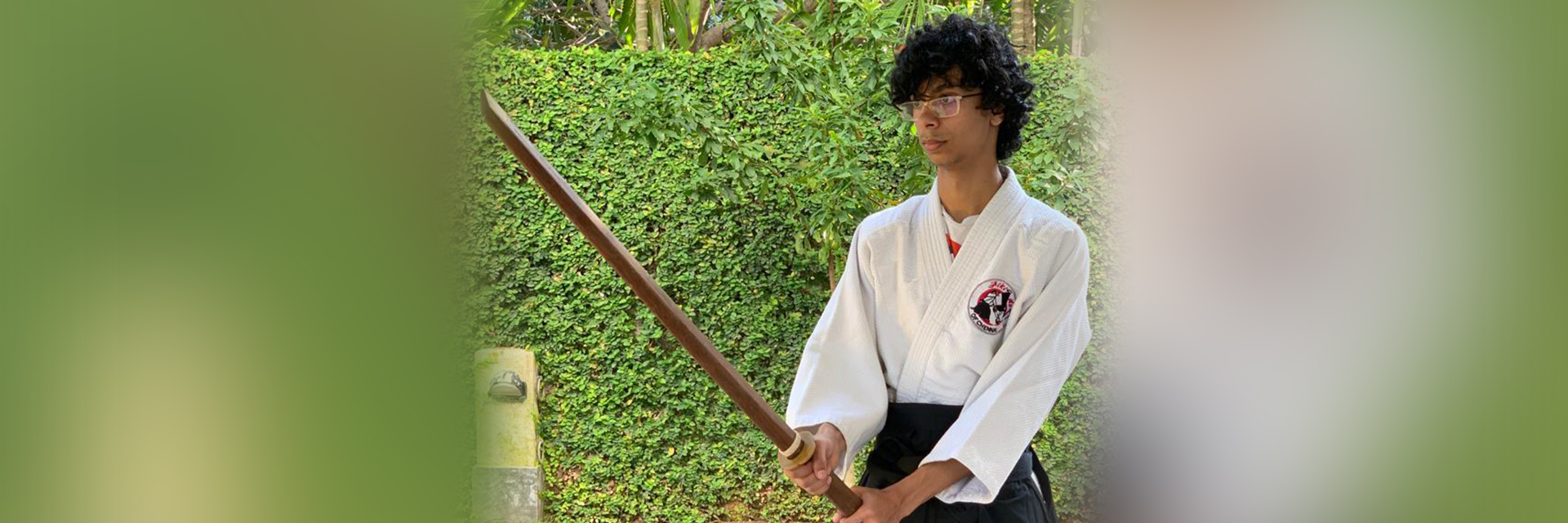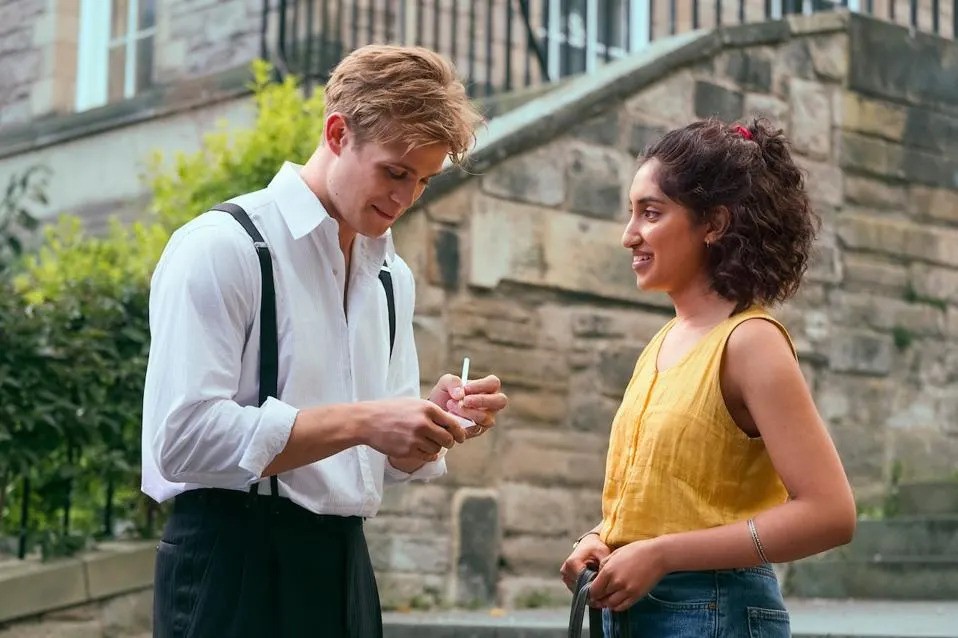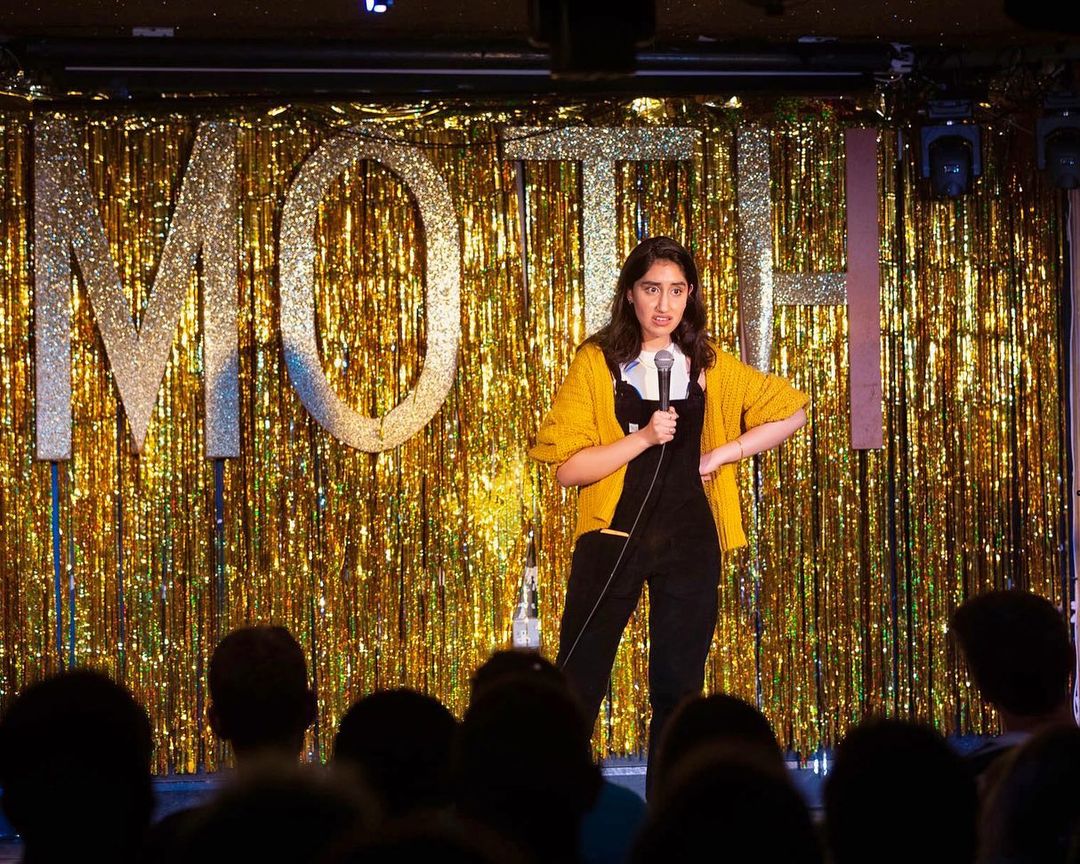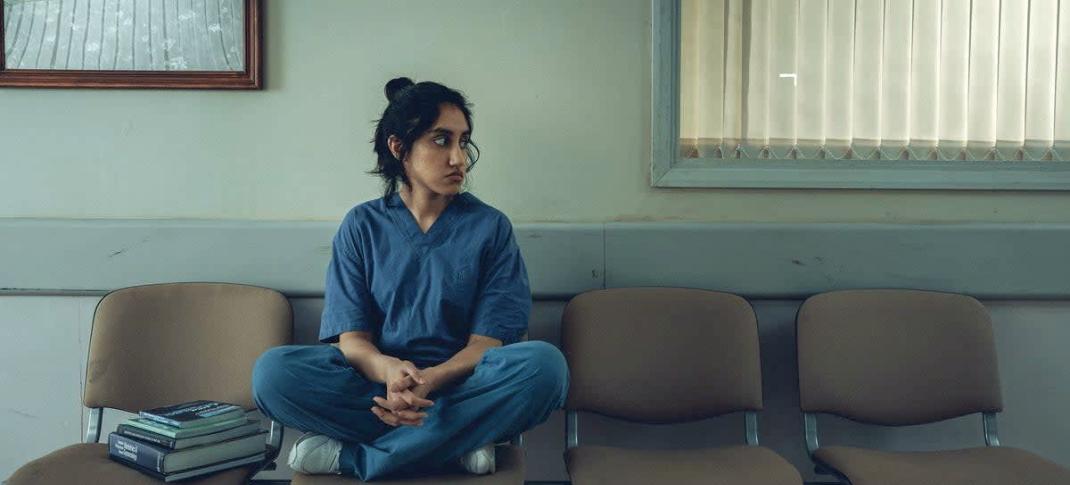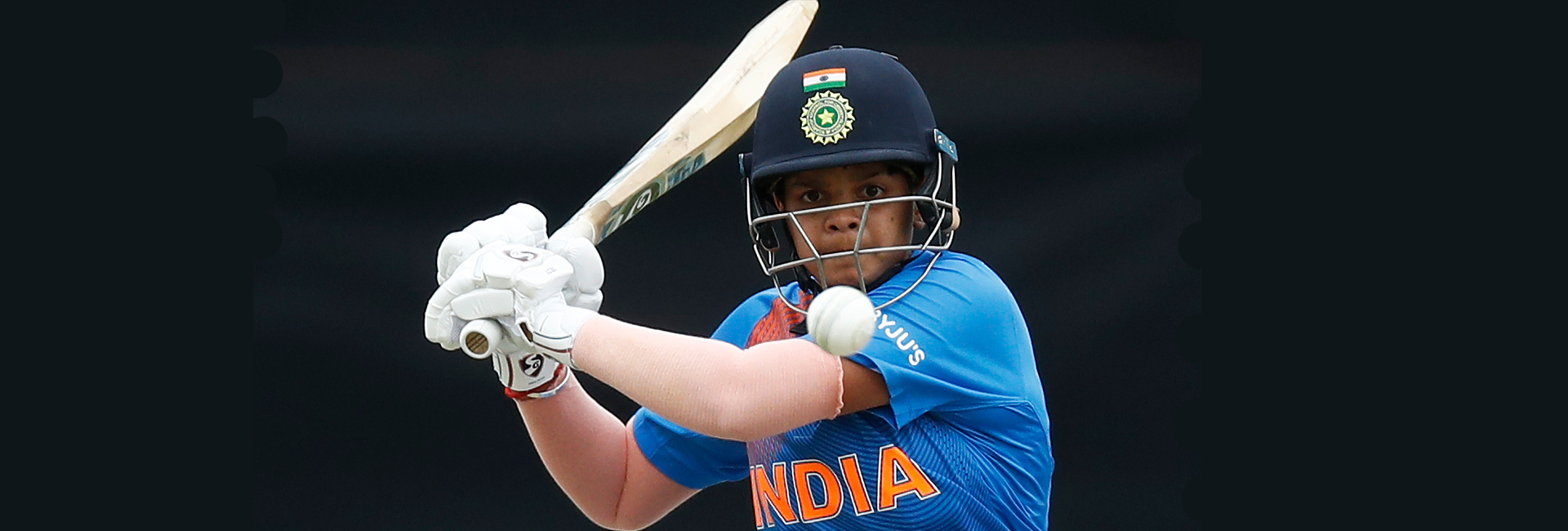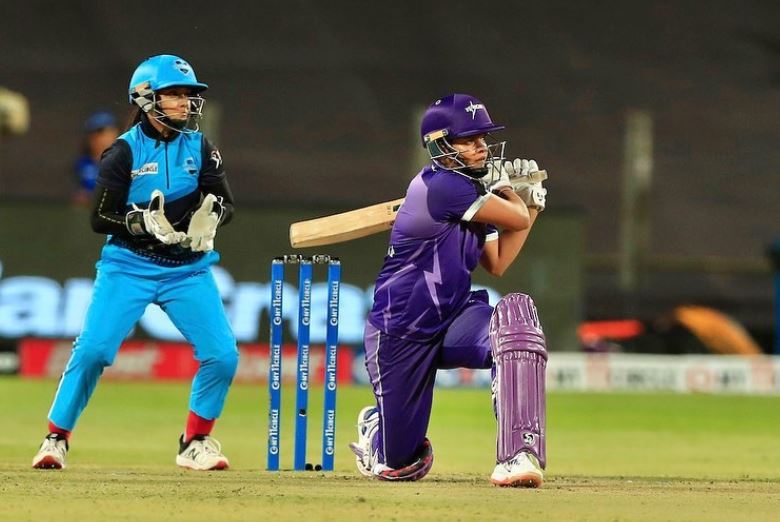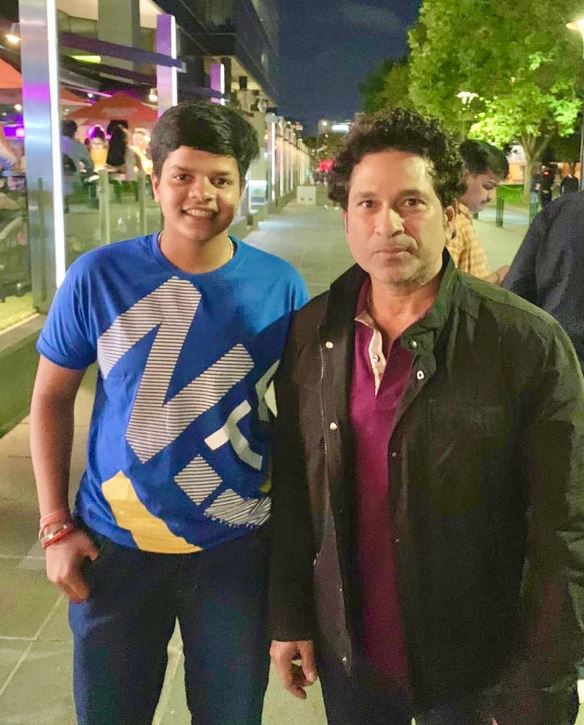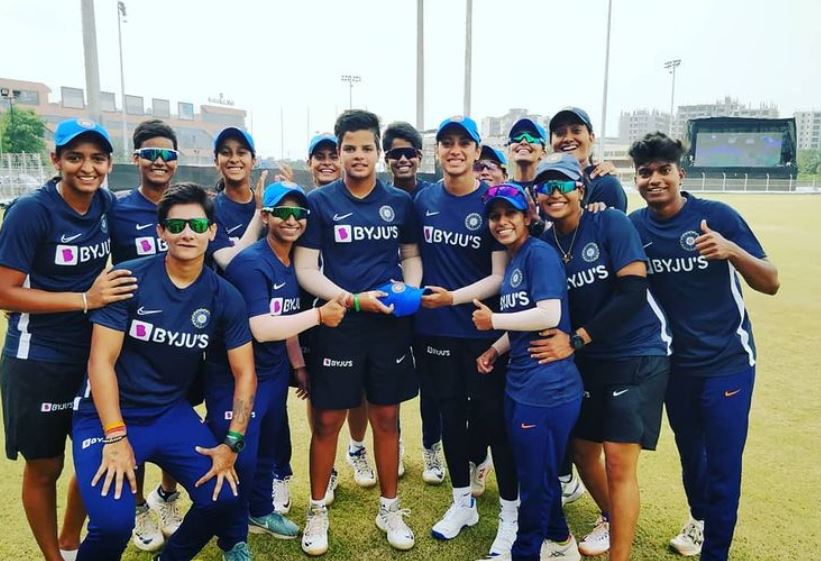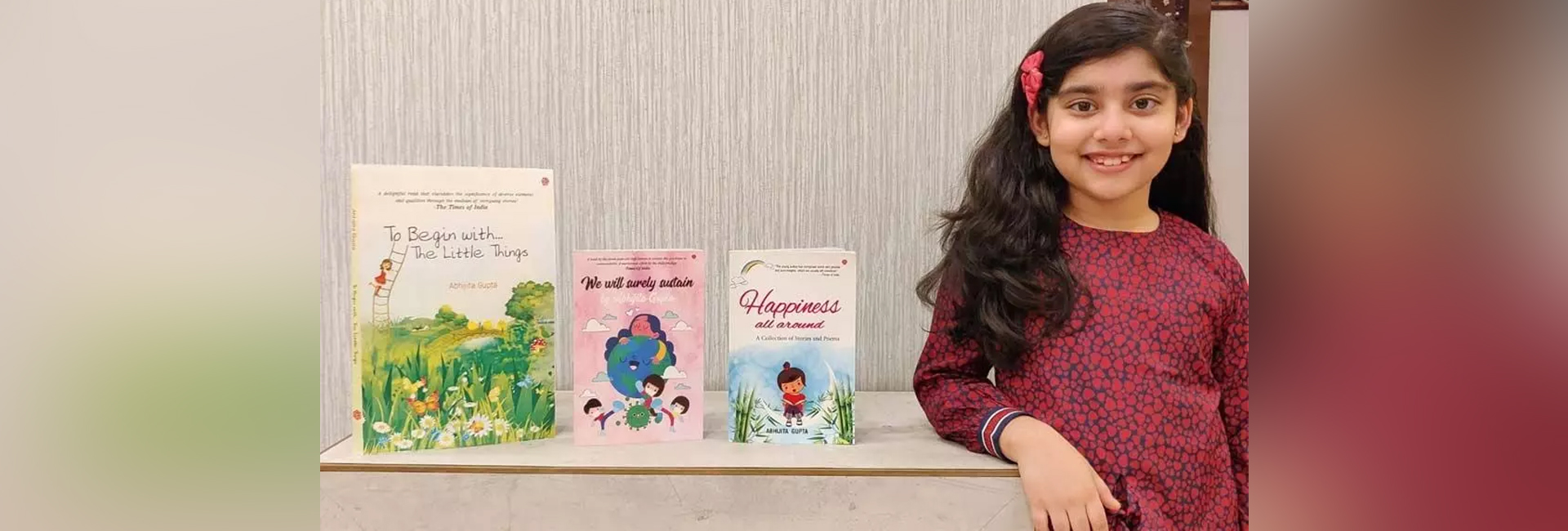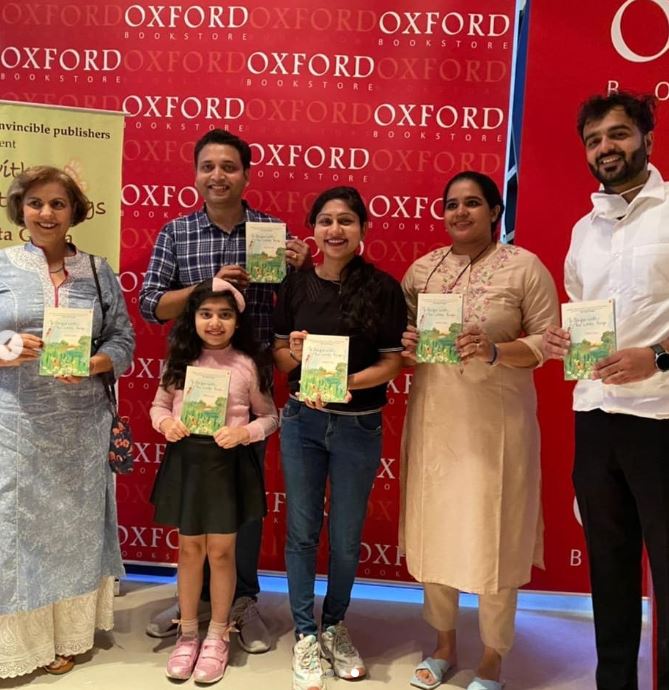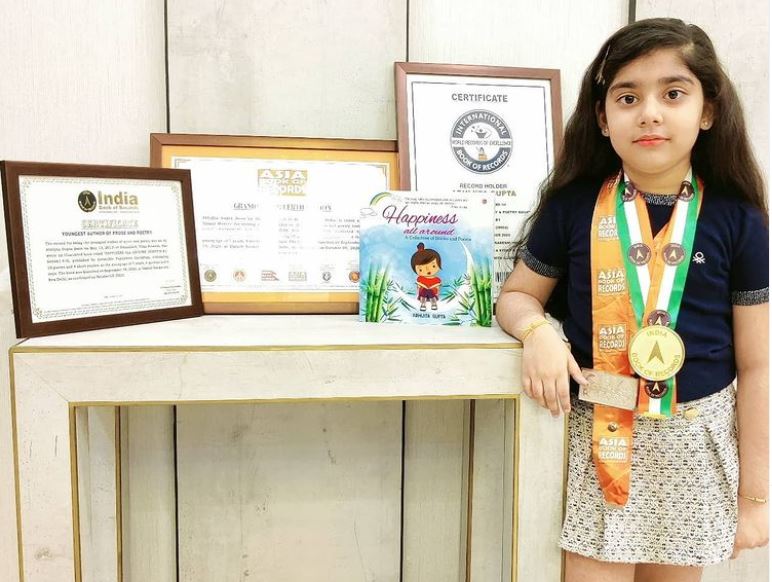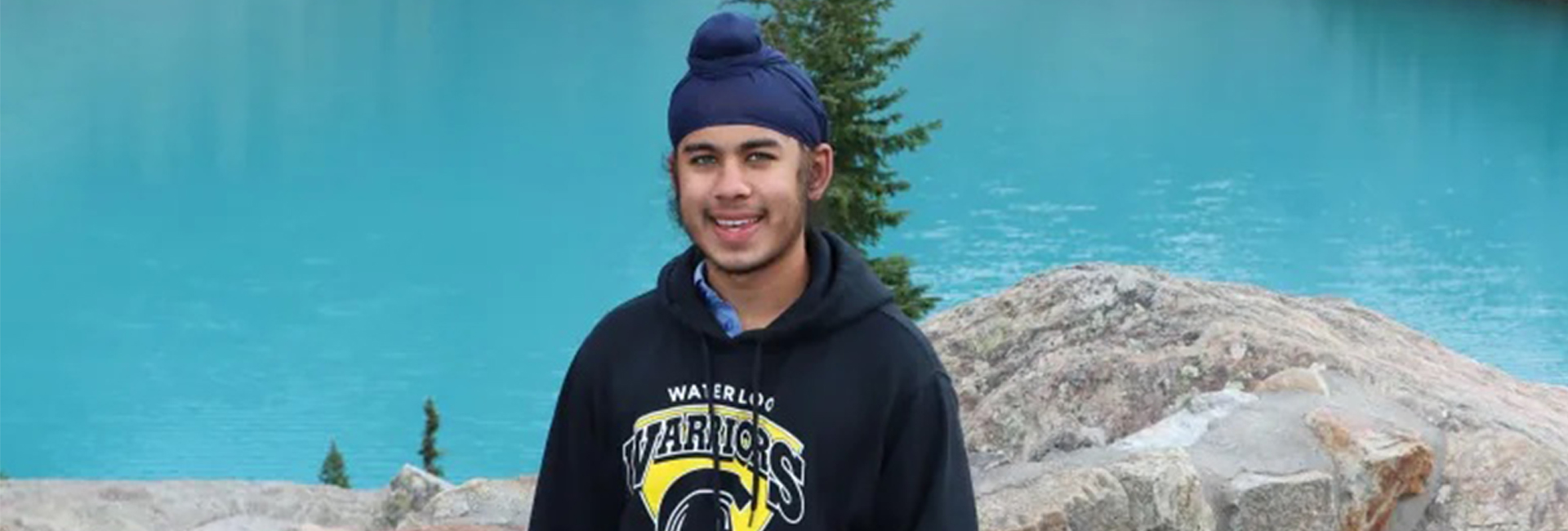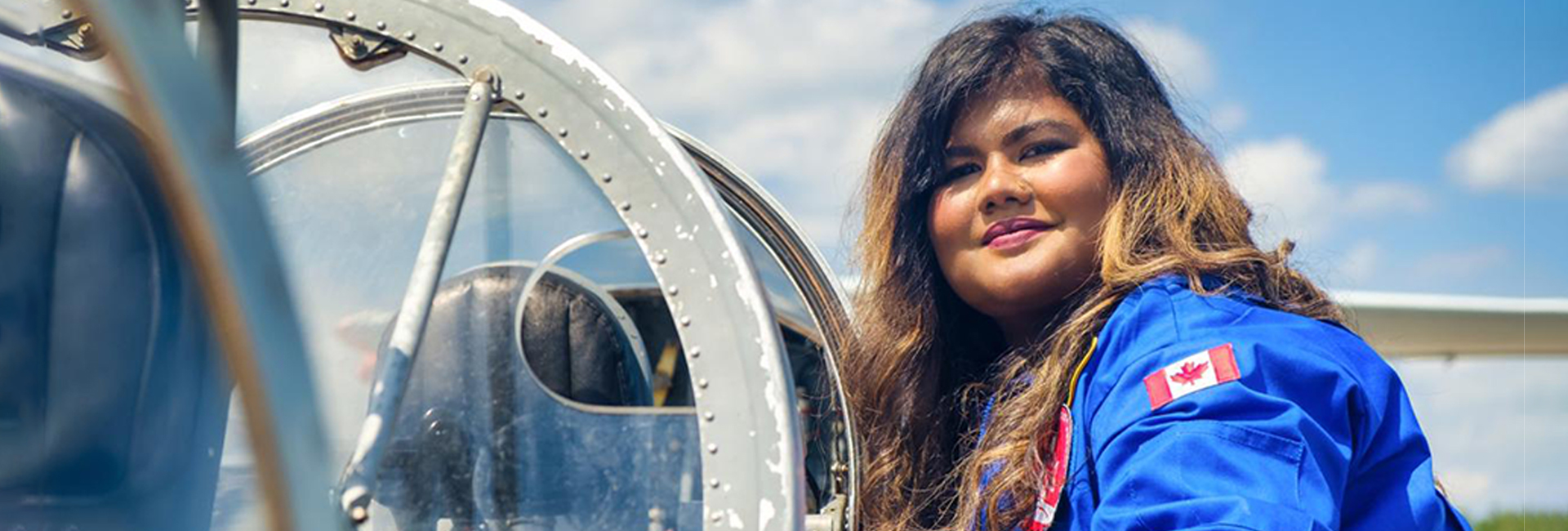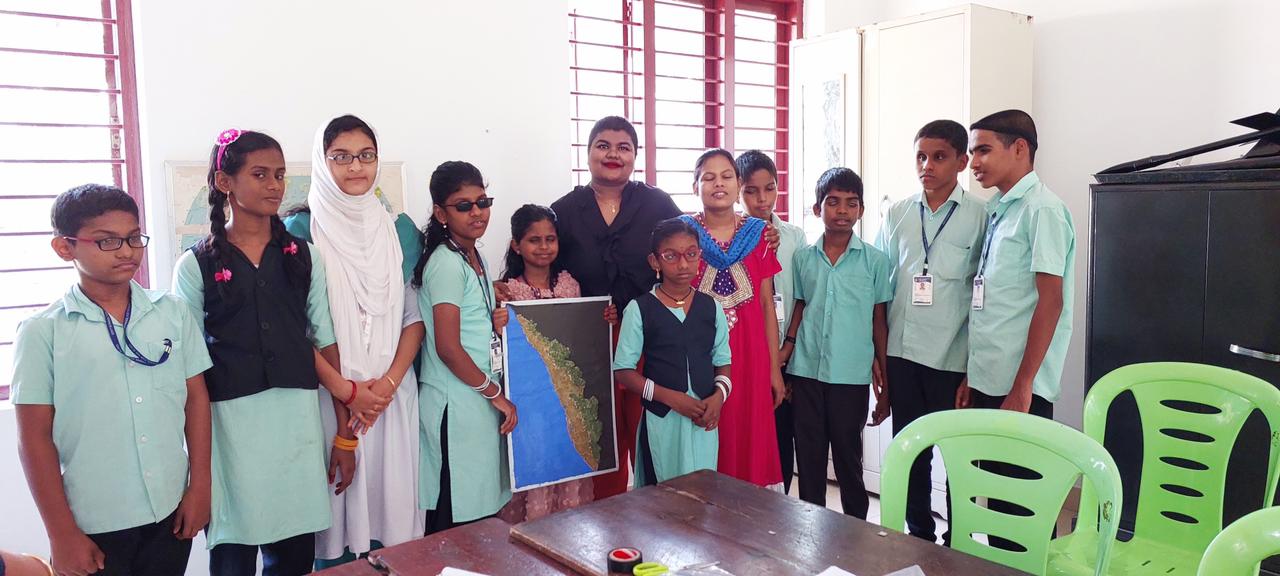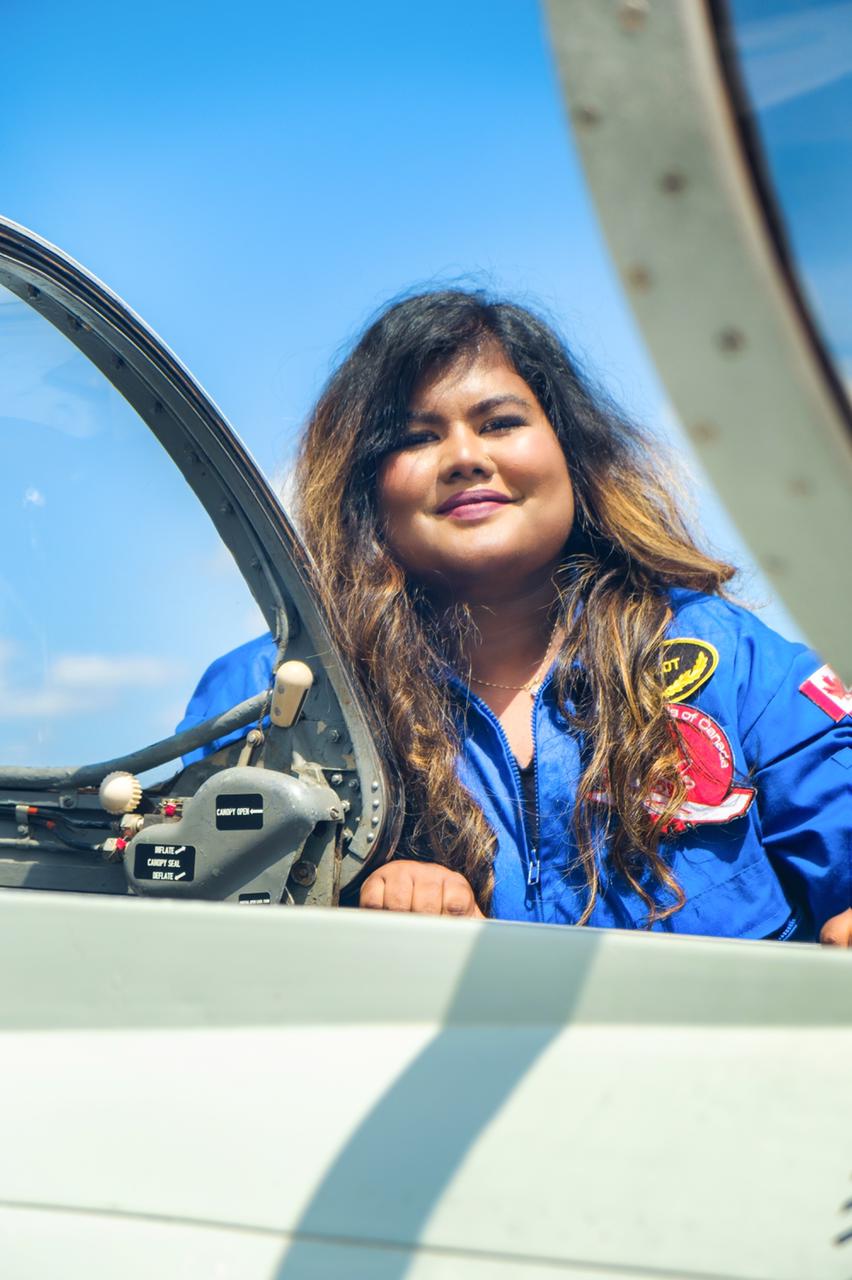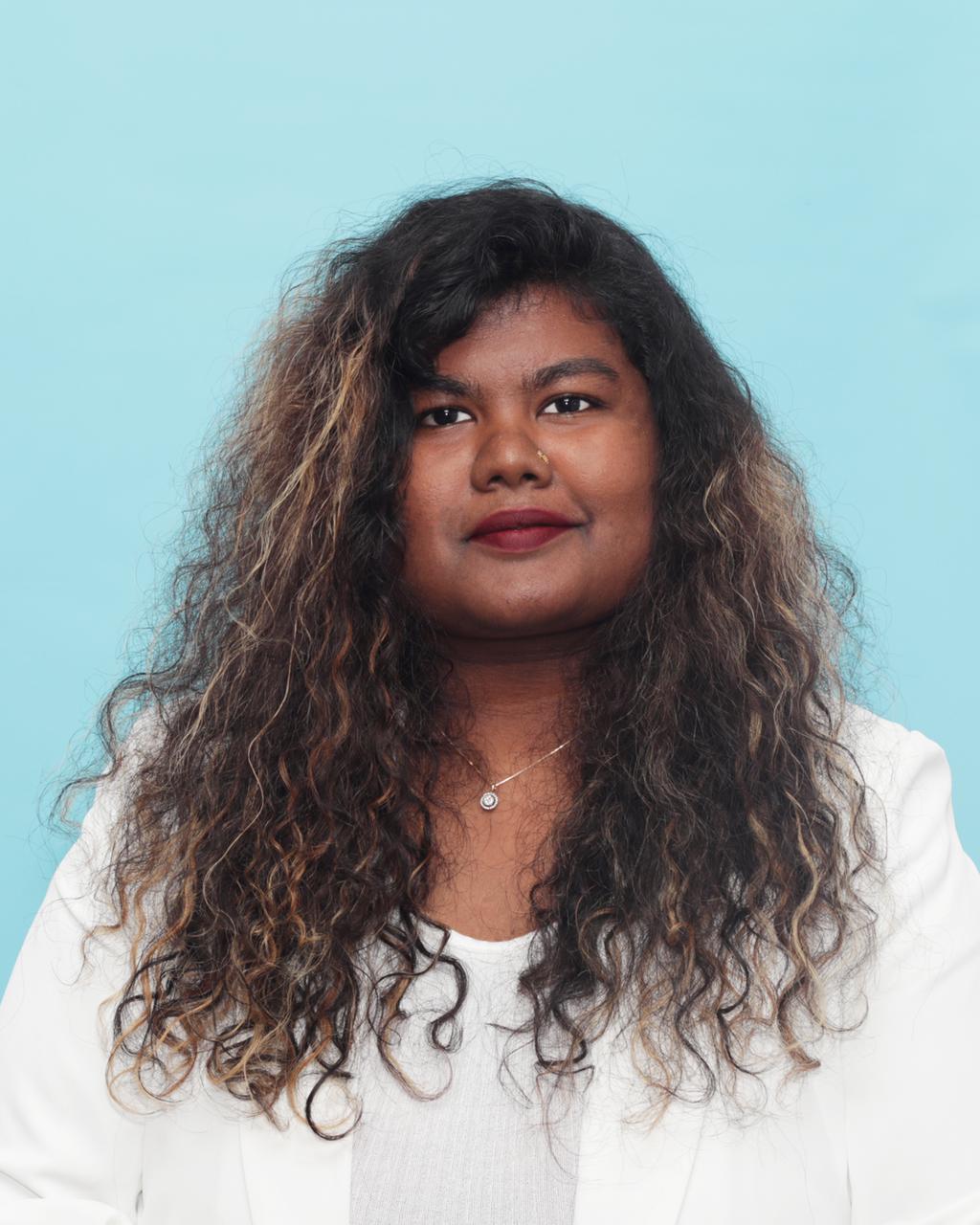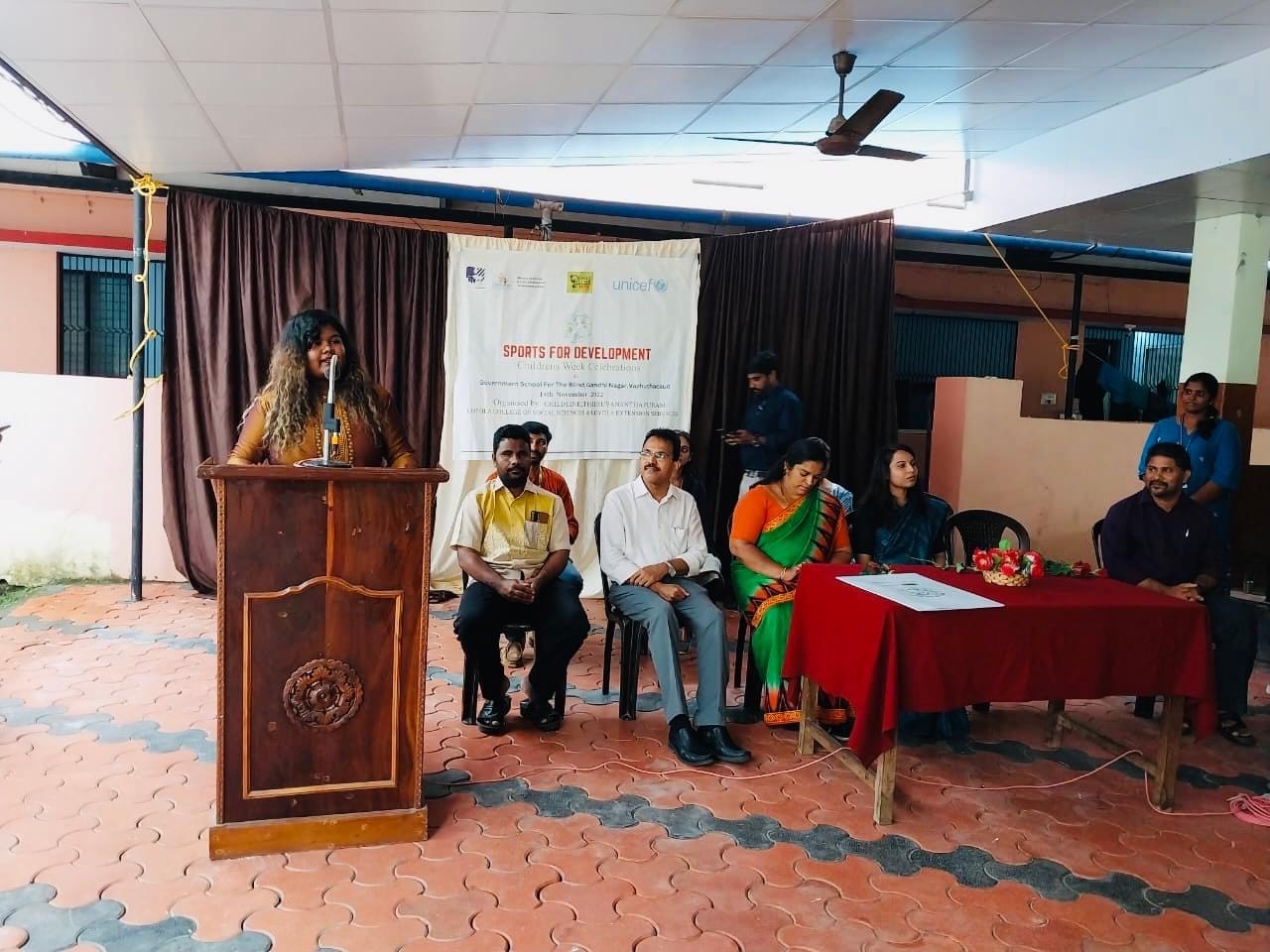(December 24, 2021) His calm mind is a weapon, his patience a strength. At 16, Tarush Ramdas has learnt the art of defeating inner battles while remaining centered with Aikido, a Japanese martial art. What began at age eight, made Tarush the youngest Aikido black belt in India, a feat he achieved recently at an internationally supervised grading event held in Chennai. “Aikido is all about avoiding conflict, and I have practiced all the forms and techniques till they were engraved in my mind. Becoming the youngest black belt in India is the culmination of eight years of hard work and dedication,” smiles Tarush, speaking exclusively to Global Indian.
Aikido helps Tarush counter any attack and neutralise his attacker without brute force. Attacking is not his style, defending himself from an attack is what he is trained to do. For the teenager, Aikido — inspired by harmony and intelligent exploitation of human body movements — is a way of life.
Born in Chicago in the US in January 2005, his parents — Gautam Ramdas and Sharon Suares — moved back to India when Tarush was just three. Ever since, the family has lived in Chennai. “As a child, I was energetic and my parents thought I could channelise that into a martial art. It also helped that my dad was a student of Aikido,” informs Tarush, an 11th grade student of KC High International School. While his father is the vice-president of the US-based NTIC, his mother is presently the treasurer for the Tamil Nadu Gymnastics Association.

Tarush Ramdas
The art of attack
As a child, one of Tarush’s biggest pleasures was reading. “Even now, I love reading books. The more books I get to read, the better,” says Tarush, who loves dabbling in robotics and debating too. But it is his training that improves his concentration, self-confidence and makes him calmer. “I go to the dojo (Japanese term for a place where someone practices for purposes of mastery) to train around four to five hours a week. Besides, I exercise thrice a week and do a bit of robotics and art,” informs the young Aikido champ. He also has a specific meal plan which includes vegetables and protein which ensures he eats healthy. Junk food is a strict no-no.
The youngster says that the basic principles of the Japanese martial art are not difficult to learn. “It is the mental aspect that is much harder to master. Patience is the key in Aikido, as well as remaining calm in a fight and not getting flustered. This martial art is more non-violent where we do not strike first, and instead use the attacker’s energy against them,” he explains, adding that whether one is tall, short, young or old, anyone can practice Aikido and take down larger and physically stronger opponents.
Aikido, which translates as “the way of harmonising energy”, was used by the ancient Samurai on the battlefield (when they lost their weapons) to take down enemies who were covered in armour. At its deepest level, Aikido is known to be the spiritual path of self-transformation and a non-violent journey. The martial art, which is a comprehensive system of throwing, joint-locking, striking and pinning techniques, is taught to the special armed forces and police across the world.


Tarush Ramdas with his Aikido teachers
“Unlike martial arts like Kungfu and Taekwondo, there are no punches and kicks in Aikido. In this form of martial art, we do not learn how to properly attack people because that goes against its very principles. Instead, we learn only how to defend ourselves,” says Tarush, who as an eight-year-old was doing competitive gymnastics, which enabled him to do all the rolls and falls (in Aikido) easily and swiftly. His 15-year-old sister Ameya is also a national level gymnast.
How he mastered the art
An injury while doing gymnastics forced Tarush to explore Aikido. “My parents were incredibly supportive of my choice. Learning to defend oneself is a useful skill. In fact, my sister and cousins also practice Aikido and are on their way to becoming black belts,” informs Tarush, who participated in the 2020 Aikido World Summit held in Varanasi.
Tarush also enjoys playing golf and tennis, besides running and exercising. “I started Aikido to learn how to defend myself. It has also taught me mental toughness and helped me get fitter. As you progress in Aikido, you have to perform falls and throws which requires core strength and endurance without which advancing is quite hard,” he explains. Importantly, it taught him how to remain calm during a fight.
While there are not many Aikido champs around, Tarush has set goals for himself. “I plan to continue Aikido for a long while and advance in the ranks of black belts from 1st Dan (rank) all the way to the 10th Dan, the highest rank in Aikido which takes decades to achieve,” says Tarush, who is currently reading the book Prisoners of Geography by Tim Marshall.
There are several different styles of Aikido that have branched from the original martial art and Tarush follows Aikikai, the original style that is headed by the grandson of the founder of Aikido in Japan. What makes Tarush stand out against his competitors is the fact that he is good at rolls. “I have good stamina which is necessary to continually keep rolling. The fact that Aikido can help me take down much larger opponents is really cool as I have never been a strong kid,” smiles Tarush, who is passionate about the environment and had even started the first environmental group at his school.
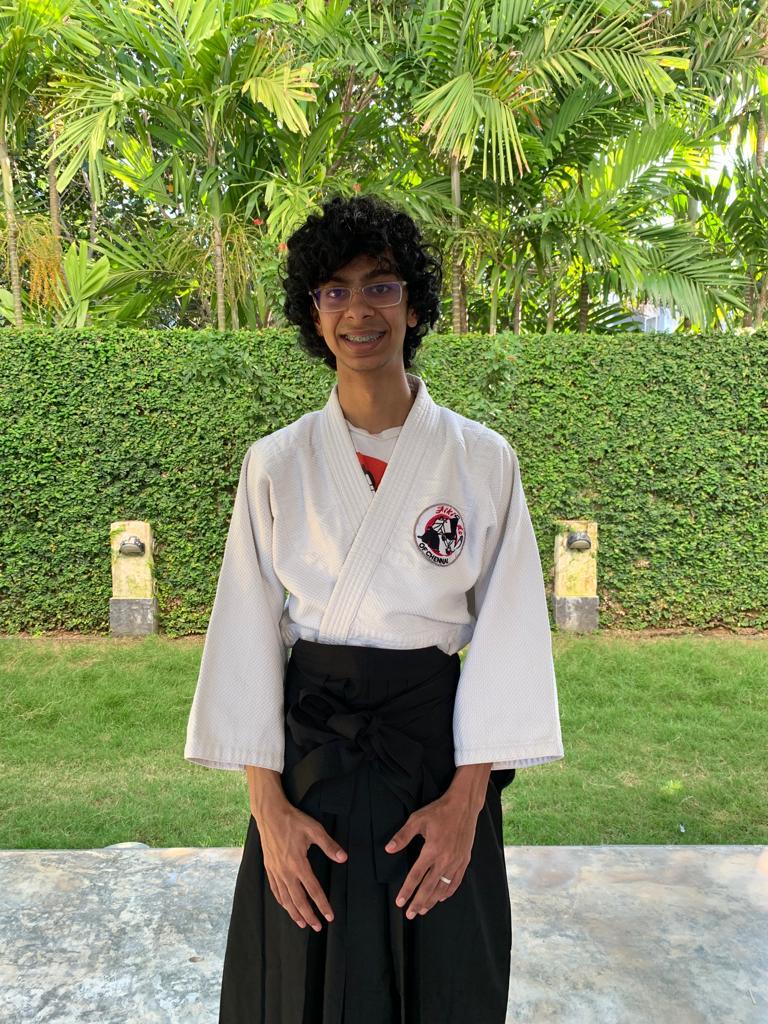

Tarush Ramdas
Besides Tarush, there were 100 students learning Aikido in the Chennai dojo but membership dropped due to Covid-19 as practicing a contact martial art was not viable.
Does Aikido have good training centres in India? “There are some good Aikido dojos in India. In Chennai, there is the biggest Aikido dojo of south India. There are also dojos in Mumbai and Delhi as well,” adds Tarush, who hopes to take up some work related to the environment and protecting the Earth.
Looking back at his journey, Tarush says sticking to Aikido taught him not just how to defend but also patience, dedication and empathy. “Be patient, put in the hard work and have fun because at the end of the day, you must enjoy what you do if you hope to succeed,” signs off the Aikido champ, who is a big admirer of Dr Shashi Tharoor, Congress party MP, who speaks eloquently on national and international issues.

